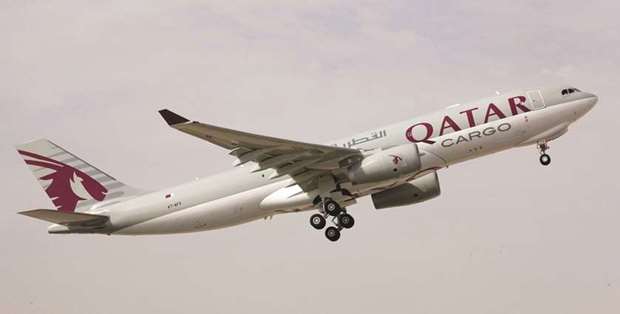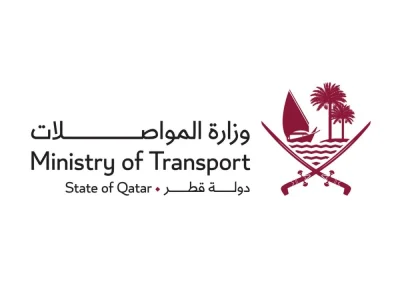Middle Eastern carriers’ freight volumes increased 3.7% year-on-year and capacity increased 2.2% in June; latest figures released by the International Air Transport Association (IATA) shows.
This contributed to an increase in demand in the first half of 2017 of 7.6%, well below the 10.8% average annual rate seen over the past five years, it said.
“The slowdown in growth is mainly due to strong competition from carriers in other regions particularly on the Asia-Europe route rather than a significant decrease in demand, which has continued to trend upwards at a solid rate of around 10% in annualised terms since early 2017,” IATA said.
For the first time in 17 years, the region’s share of total international freight flown in the first half of 2017 has fallen. Capacity in the region increased by 1.5% in the first half of 2017.
IATA data for global air freight markets showed that demand, measured in freight tonne kilometres (FTKs), grew by 10.4% in the first-half of 2017 compared to the first-half of 2016.
“This was the strongest first half-year performance since air cargo’s rebound from the global financial crisis in 2010 and nearly triple the industry’s average growth rate of 3.9% over the last five years,” IATA said.
Freight capacity, measured in available freight tonne kilometres (AFTKs), grew by 3.6% in the first half of this year, compared to the same period in 2016. Demand growth continues to significantly outstrip capacity growth, which is positive for yields.
Air cargo’s strong performance in the first half of 2017 was confirmed by June’s results. Year-on-year demand growth in June increased 11% compared to the same year-earlier period. Freight capacity grew by 5.2% year-on-year in June.
“The sustained growth of air freight demand is consistent with an improvement in global trade, with new global export orders remaining close to a six-year high. However, there are some signs that the cyclical growth period may have peaked. The global inventory-to-sales ratio has stopped falling. This indicates that the period when companies look to restock inventories quickly, which often gives air cargo a boost, may be nearing an end. Regardless of these developments, the outlook for air freight is optimistic with demand expected to grow at a robust rate of 8% during the third quarter of this year,” IATA said.
IATA’s director general and CEO Alexandre de Juniac said, “Air cargo is flying high on the back of a stronger global economy. Demand is growing at a faster pace than at any time since the global financial crisis. That’s great news after many years of stagnation. And, even more importantly, the industry is taking advantage of this momentum to accelerate much-needed process modernisation and improve the value it provides to its many customers.”

u201cAir cargo is flying high on the back of a stronger global economy. Demand is growing at a faster pace than at any time since the global financial crisis. That’s great news after many years of stagnationu201d


